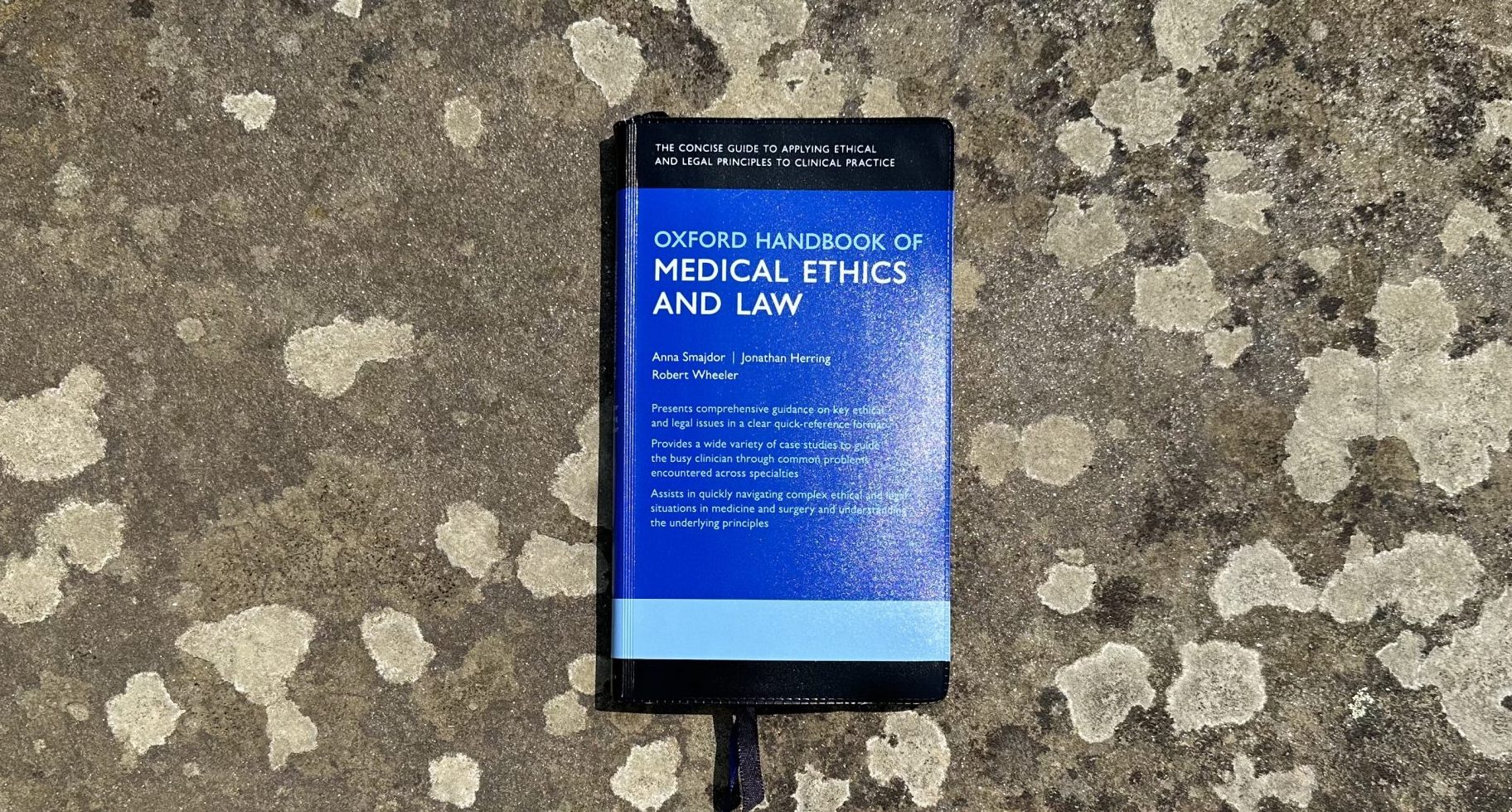
It is well recognised that those with severe mental illness (SMI) are at higher risk of poor physical health outcomes. Compared with the general population, patients with SMI are at substantially higher risk of asthma, obesity, diabetes, COPD, and cardiovascular diseases,1 and make greater use of urgent and emergency care services.2 Strikingly, people with SMI die on average 15-20 years earlier than the general population,3 and are 2.5 to 7.2 times more likely to die before the age of 75 than adults without SMI.4 In an attempt to improve physical health outcomes in this group, patients registered at their GP practice as having a SMI are eligible to undergo an annual health check in a primary care setting.
…people with severe mental illness die on average 15-20 years earlier than the general population…
In 2021 I wrote about the fall in the proportion of eligible patients with SMI undergoing their full annual physical health check during the COVID-19 pandemic. This figure had dropped to 23.7% on 30 September 2020, which I suggested was partially explained by the simultaneously decrease in face-to-face appointments in general practice designed to reduce viral transmission.5 Some two years on, with the immediate effects of the pandemic now behind us, we should ask whether these figures – that are a focus of the NHS Long Term Plan – have recovered follow the return of primary care to mostly in-person consultations?
The NHS Long Term Plan, which was published in January 2019 and pertains to the NHS in England, stated that the at least 280,000 people with SMI would undergo a full annual physical health check by 2020/21.6 The response to the COVID-19 pandemic thwarted efforts to achieve that target:only 121,030 of the 516,897, or 23.4%, of the eligible patients at the end of 2020/21 had undergone a full physical health screening in the previous 12 months.7 However the target had been far exceeded by 2022/2023 when, by 2022/2023, 313,022 of the 535,204 (58.5%) of the eligible patients had undergone a full health check.7 As published in January 2019, The NHS Long Term Plan increased its target and aimed to deliver 390,000 annual health checks by 2023/24.6 While no data is currently publicly available beyond 2022/23, and the 2023/24 target (which requires around 73% of eligible patients to receive an annual health check) is undeniably ambitious, there has been substantial improvement in the uptake of physical health checks since before the pandemic (only 151,682 of the 500,443, or 30.3%, eligible patients underwent a full annual health check in 2018/19).7
Of the six elements of the SMI annual health checks – alcohol, blood glucose, blood lipids, blood pressure, BMI and smoking – smoking was the most frequently completed in the 12 months prior to 2022/23…
Of the six elements of the SMI annual health checks – alcohol, blood glucose, blood lipids, blood pressure, BMI and smoking – smoking was the most frequently completed in the 12 months prior to 2022/23 (80.4% of eligible patients), while blood lipid was the least frequently recorded (74.0 of eligible patients).7 Of course, simply screening for and digitally recording these metrics does not of itself mean improved health outcomes for these patients, and empirical research is required to establish to extent to which performing annual physical health checks positively impacts (if at all) the consequences for their physical health. However, by identifying these six risk factors, and deploying the relatively simple yet provenly effective primary care interventions to enhance them, the quality of life of our patients with SMI is likely to be meaningfully improved. A notable barrier to further progress is the substantial challenges that patients with SMI face in engaging with chronic disease management,8 which suggests that targeting these groups with enhanced outreach and educational interventions from primary care might add significant value. In addition, the considerable scale of the problem, which amounts to hundreds of thousands of eligible patients requiring annual physical health checks, may justifiably attract substantial investment to improve health outcomes in this group. Furthermore, the detailed granularity of the relevant data – which are presented at Sub ICB Location (previously Clinical Commissioning Group) level7 – might drive the practice-specific QOF-incentivised delivery of these efficacious interventions. The product of this enhanced effort would be to further build upon the excellent progress made on annual physical health checks to-date, which would enable all those working in general practice to advance the quality of life of our patients with SMI.
References
-
MDE Hert, CU Correll, J Bobes, et al. Physical illness in patients with severe mental disorders. I. Prevalence, impact of medications and disparities in health care. World Psychiatry February 2011; 10(1): 52-77. DOI: 10.1002/j.2051-5545.2011.tb00014.x
-
H Smith, A Davies and I Blunt. Focus on: People with mental ill health and hospital use. Nuffield Trust 14/10/2015. https://www.nuffieldtrust.org.uk/research/focus-on-people-with-mental-ill-health-and-hospital-use [accessed 08 June 2023
-
E Chesney, GM Goodwin, and S Fazel. Risks of all-cause and suicide mortality in mental disorders: a meta-review. World Psychiatry June 2014; 13(2): 153-60. DOI: 10.1002/wps.20128
-
Office For Health Improvement and Disparities. Premature mortality in adults with severe mental illness (SMI). 19 April 2023. https://www.gov.uk/government/publications/premature-mortality-in-adults-with-severe-mental-illness/premature-mortality-in-adults-with-severe-mental-illness-smi [accessed 08 June 2023]
-
R Armitage. Physical health checks for people with severe mental illness during COVID-19. British Journal of General Practice 2021; 71(705): 171. DOI: 10.3399/bjgp21X715445
-
NHS Long Term Plan. January 2019. https://www.longtermplan.nhs.uk/wp-content/uploads/2019/08/nhs-long-term-plan-version-1.2.pdf [accessed 08 June 2023]
-
NHS Digital. Health and Care of People with Learning Disabilities, Experimental Statistics 2021 to 2022. 08 December 2022. https://digital.nhs.uk/data-and-information/publications/statistical/health-and-care-of-people-with-learning-disabilities/experimental-statistics-2021-to-2022 [accessed 08 June 2023]
- C Carswell, JVE Brown, J Lister, et al. The lived experience of severe mental illness and long-term conditions: a qualitative exploration of service user, carer, and healthcare professional perspectives on self-managing co-existing mental and physical conditions. BMC Psychiatry July 2022; 22(479). DOI: 10.1186/s12888-022-04117-5
Featured image: Light bulb shadow, by Andrew Papanikitas, 2023








